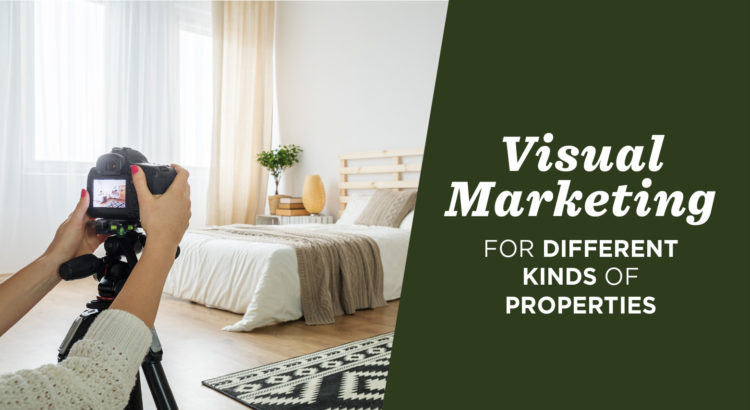Video-enhanced real estate listings generate 403% more interest than those without, and while video marketing is extremely powerful for agents, it remains highly underutilized.
According to the NAR Research Group’s 2021 Technology Survey, 37% of participants claim they use video in their marketing, while 27% admitted they don’t. The other 35% said they are not presently using video for marketing but plan to do so soon.
For agents still putting off video marketing, it’s not too late to get started in learning to create high-quality video content for each property you list and to market it yourself.
Four advantages of using video marketing
- The facts are self-evident. Customers are increasingly interested in videos more than other mediums, such as text and photographs. You will generate leads, beat out competitors and showcase your properties and services in a visually striking manner.
- One of the most important aspects of real estate is trust. Helping clients buy or sell a home entails winning their trust and demonstrating your integrity. Video can be used not only to showcase an agent’s skill or property, but also to build trust — thus building a good relationship with potential clients.
- Time is money. And with the initial investment of your time to create your marketing videos, it will pay off, as you can reuse them again and again to promote your business, saving you time in the long run.
- Google and the other search engines love videos, and with fresh content, your website will rank higher and higher as you go.
Getting started
A wide variety of tools is available for creating videos. If you are a beginner, I’ve found that WeVideo works best. It is easy, fast and flexible. You do not need prior experience or sophisticated equipment to create fantastic videos with WeVideo.
Advantages of WeVideo
The free online video editing application combines the ease of use of a simple editor with the functionalities of professional editing software. You can quickly upload videos and begin editing them in the storyboard thanks to its JumpStart feature.
It has an easy-to-use interface and dashboard that allows access to all features with a single click or through drag-and-drop.
With a paid subscription, you have over 1 million videos, stock images and audio clips at your disposal. You can also integrate a wide range of media resources into your project.
It gives you the ability to work on high-resolution videos up to 4K Ultra HD, allowing you to provide your audience with an unforgettable experience. And, because these high-end videos take up a lot of space, the software includes cloud storage, where you can keep all of your data, including ongoing projects.
WeVideo syncs all of your work across multiple devices, ensuring that everything stays in sync even if you work on a project on multiple devices.
Create videos on any device, including Chromebooks, Macs, Windows machines and smartphones. In addition, WeVideo mobile apps for Android and iOS smartphones allow you to edit videos on the go.
After you’ve finished editing, you can share your work with the rest of the world directly from the app on social media platforms like Facebook and YouTube.
Disadvantages of WeVideo
WeVideo offers practically everything you need for editing. However, it lacks some advanced features that professional video editors frequently use. For example, picture-in-picture, multicam editing, support for 3D and 360-degree videos, LUTs and other features are absent.
More advanced options
WeVideo is great for beginners, but if you need something more advanced, there are many available, though you will need some prior experience to navigate through some of them. Here are a few of the better ones:
Adobe Premiere Pro CC
Shortcut
HitFilm Express
Final Cut Pro X
Lightworks
Corel VideoStudio Ultimate
Blender
The bottom line
Our real estate industry is one of the few sectors with significant video potential yet to be exploited. As a real estate agent, you’ll find that video offers a level of value that images and text simply cannot match. So, start making use of videos today and take your business to a new level.
Anne Ewasko is a veteran Realtor in the Chicago area and a longtime techie. Visit her at anne.luxhomechicago.com.


